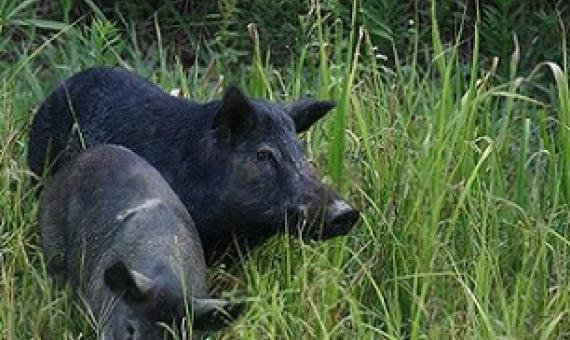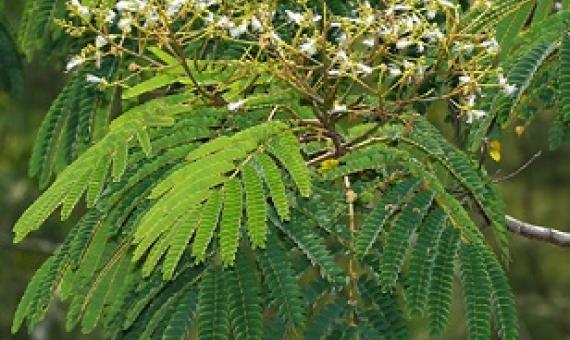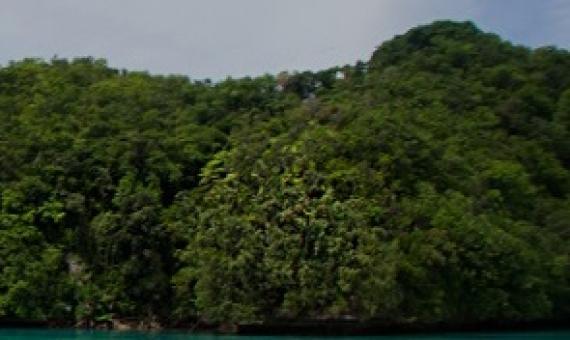10th Pacific Islands Nature Conference 2020: Launch of the Pacific Battler Lounge 2020 Pacific Battler of the Year Award
The Pacific Battler Lounge is a place for casual interviews with key experts and Pacific practitioners on key invasive species issues in the Pacific. The Battler lounge will be a regular key collaboration initiative moving forward. This inaugural Lounge session will focus on several PRISMSS regional programmes and announce the 2020 Pacific Battle of the year.Call Number: [EL]Physical Description: 59:52









